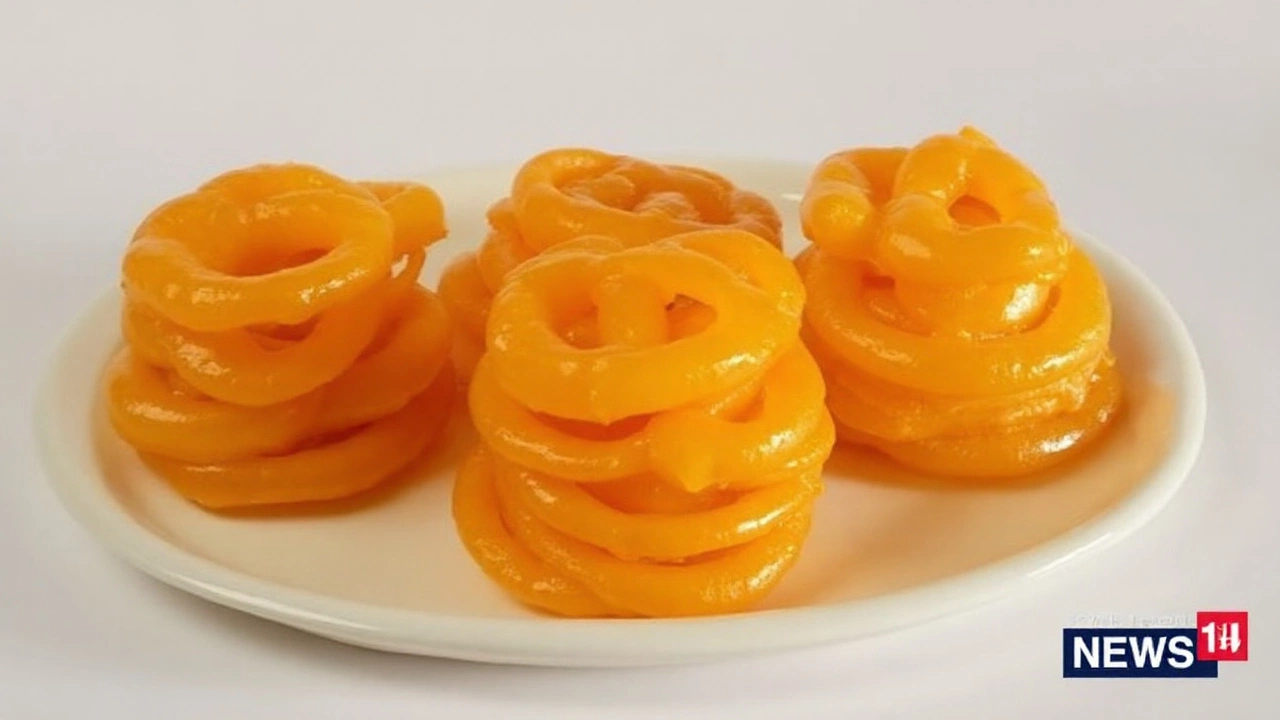Indian Festive Sweets: A Sweet Guide for Every Celebration
Whenever a festival rolls around in India, the first thing you’ll hear is the clatter of utensils and the sweet smell of sugar‑laden treats. These sweets aren’t just food; they’re a way to share joy, welcome guests, and mark special moments. In this guide we’ll walk through the most loved sweets, where they come from, and how you can pick the right ones for your next celebration.
Common Sweet Varieties
Laddu – Small, round, and easy to grab, laddus appear in almost every festival. Made from gram flour, wheat flour, or coconut, they’re bound together with ghee and sugar. The crunchy boondi laddu and the softer besan laddu are two crowd‑pleasers you’ll find at Diwali.
Jalebi – Crispy spirals soaked in bright orange syrup. The secret is a quick fry followed by a hot sugary bath. Freshly made jalebi is sticky, glossy, and perfect for a quick snack after prayers.
Gulab Jamun – Soft dough balls made from milk solids, deep‑fried and drenched in rose‑flavored syrup. They’re a staple at weddings and Eid, and the warm syrup makes them extra comforting in winter.
Barfi – Dense, milk‑based squares that come in flavors like coconut, pistachio, and chocolate. Because they set in a flat pan, barfi is easy to cut into bite‑size pieces for guests.
Rasgulla – Spongy cheese balls soaked in light sugar water. Originating from Bengal, they’re especially popular during Durga Puja and Bengali New Year.
How to Choose and Serve
First, think about the occasion. If you’re hosting a large gathering, go for sweets that can be made in bulk, like laddus or barfi. For intimate family festivals, a few trays of jalebi or rasgulla add a special touch.
Second, consider dietary needs. Many sweets can be adapted to be vegan (swap ghee for oil) or gluten‑free (use rice flour for laddus). Look for recipes that list alternatives if you have guests with restrictions.
Third, pay attention to storage. Most fried sweets stay fresh for 2‑3 days at room temperature, but syrup‑based treats like gulab jamun last longer in the fridge. Keep them in airtight containers to retain moisture.
Finally, presentation matters. Arrange sweets on a decorative plate, sprinkle chopped nuts or edible silver leaf on top, and serve with a cup of chai or coffee. The visual appeal makes the sweet experience even richer.
Whether you’re prepping for Diwali, Raksha Bandhan, or a regional harvest festival, these Indian festive sweets bring flavor and tradition together in every bite. Try a few, share them with loved ones, and let the sweetness become part of your celebration story.
Kesari Jalebi Recipe for Karwa Chauth: Sweet Tradition, Golden Flavor
- Kaius Sterling
- September 24, 2025
- 0 Comments
Discover how to make a saffron‑infused Kesari Jalebi that's perfect for breaking the Karwa Chauth fast. The guide covers cultural meaning, a detailed step‑by‑step recipe, and health perks of saffron. Learn tips for perfect spirals, syrup consistency, and serving ideas that keep the celebration sweet and bright.
read more